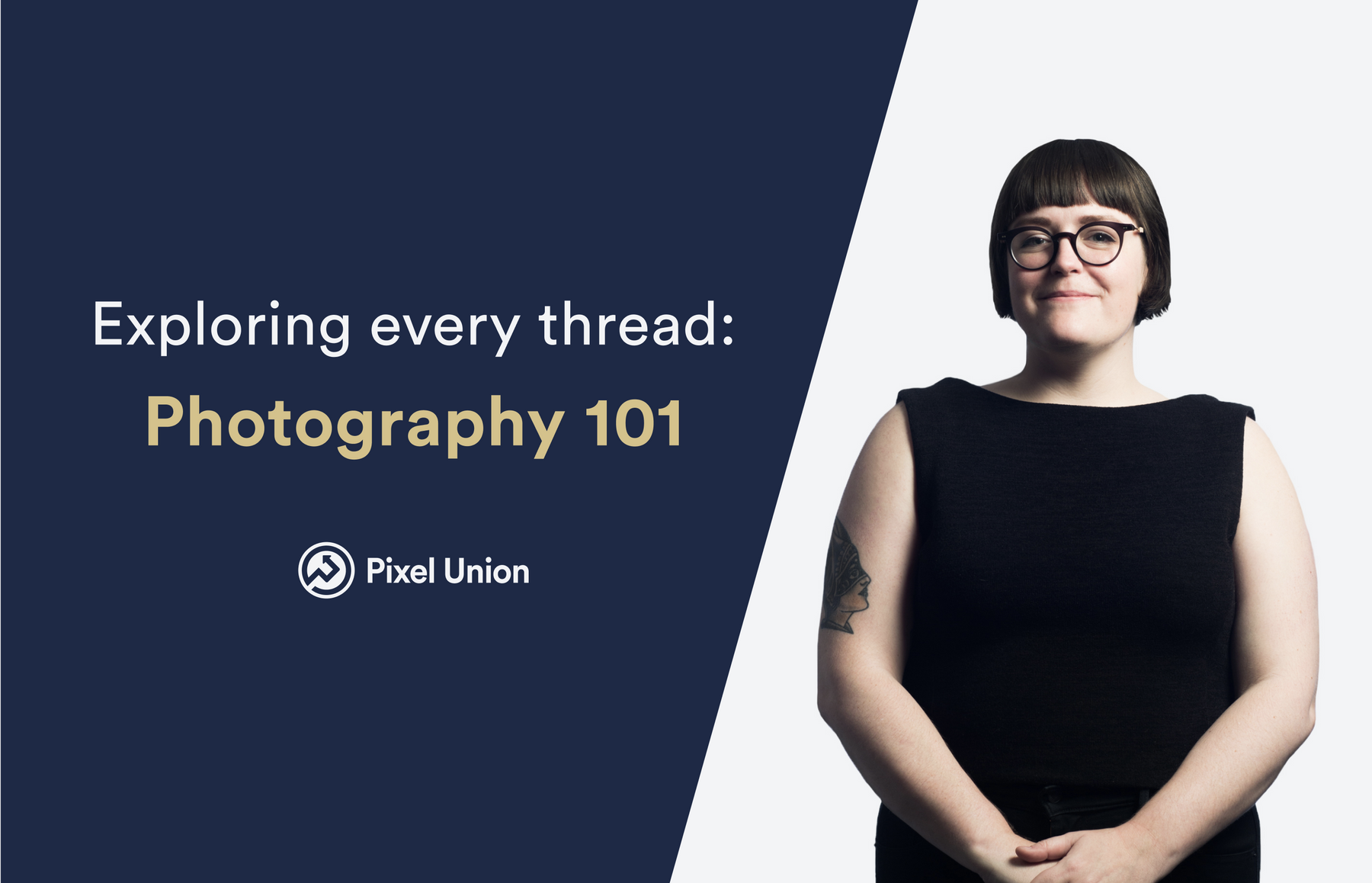
Exploring every thread: Photography 101
Hello and welcome back to Exploring every thread, where I chronicle my eCommerce experience! Last time I talked about how I chose a theme to use for my vintage baseball patch store and what kinds of features you’ll want to consider when choosing a theme for your own business.
So what’s the next step after choosing your theme? Adding your own imagery to showcase your brand and products.
This is a daunting task for many new merchants because images are so important for how your customers experience your site. If you think about your own experience shopping online, great images can make products shine and add a level of legitimacy to a site. On the other hand, bad images can make you second guess your purchase altogether.
I know from past experience that my photography skills are not strong enough for me to rely on them too heavily on my site. Because I decided not to do my own photography, I had to get creative when sourcing images.
Planning is key!
As I mentioned in my last post, I made sure to go through the Theme editor to pick out which sections I knew I was going to be using. I also made a list of the other images I would need like product images, collection images, and promo images.
This also allowed me to see what sizes and aspect ratios I was on the hunt for! From there I created a shopping list that really sped up the process.
Tip: If you’re not familiar with aspect ratios, here’s a great explanation. Learning this will help you have a more consistent customer experience.
Navigating stock images
My store’s branding and aesthetic are very vintage-inspired but minimalistic. I wanted to pull in some classic baseball photography like ball fields, stadiums, and lights. Once I did this I really saw a shift in my site. It had a much more official feel to it and it made adding in the still and lifestyle images more cohesive.
I found my stock images at Stocksy which were worth the small investment. Their site allowed me to save the images that I liked best and then decide from there. I tested some of the sizes I was looking at as mockups in my actual theme to see which ones would be the most useful to me starting out. Four images went a long way to make sure I had the look I was going for. I was able to use one image in my slideshow, another in a newsletter sign-up pop-up, one as an Image with Text homepage section and a final image as a placeholder for products coming soon! They are sprinkled between my other image types evenly to give a balanced experience.
Working with a photographer
Once I looked at my workload and my timeline for launch, I decided that I needed to prioritize photography. So I budgeted to hire a local photographer to handle my product photography and although this did require a small investment, it saved me a lot of time and energy.
I was also able to do this because my catalog size is small - I had 8 products to release at once. I also had photography done for the product images themselves. I was able to do lifestyle photography on my own!
If you have a much larger catalog or require several images per product this can quickly increase a quote from a photographer. Weigh your tasks, your budget and your time!
Tackling it on my own
This is a very common route to go and there are a lot of resources available to help you get pointed in the right direction. Clear product photography needs the most consistency and attention to make sure you have quality images where it matters most. If you want to try your hand at product photography, check out this Shopify guide:https://www.shopify.ca/blog/12206313-the-ultimate-diy-guide-to-beautiful-product-photography
You can use more creativity to take lifestyle photography. I made sure to catch a sunny day, headed out to a ball diamond with my patches, Star Wars action figures and baseball gear. I took a variety of shots so that I could get images for my homepage and content for my brand’s Instagram page!
Resources!
There was still a lot I was figuring out along the way and here are some of the resources that helped me out:
- Here's a great post about improving your product photography from our blog: https://pixelunion.net/blogs/state-of-the-union/improving-your-stores-product-photography?_pos=1&_sid=cd57080c6&_ss=r
- The images my photographer sent me were a larger format than what you can add to Shopify. I used Shopify’s free image resizer tool to optimize the images for my site: https://www.shopify.ca/tools/image-resizer
- When I need to figure out what ratio an image has, I use this site: https://www.bellevuefineart.com/aspect-ratio-calculator/ It’s been a lifesaver!
The results
Here’s my site so far: Uncommon Leagues. You can see the mix of lifestyle photography, product photography and stock images.
Tip: Make yourself a cheat sheet of image sizes, ratios, and resources to make it easier next time you update your site or release new products.
That’s all for now! Next time I’ll show you some changes you can make to your theme’s code using CSS. It’ll save you money on professional customizations and make you feel like a coding Jedi!